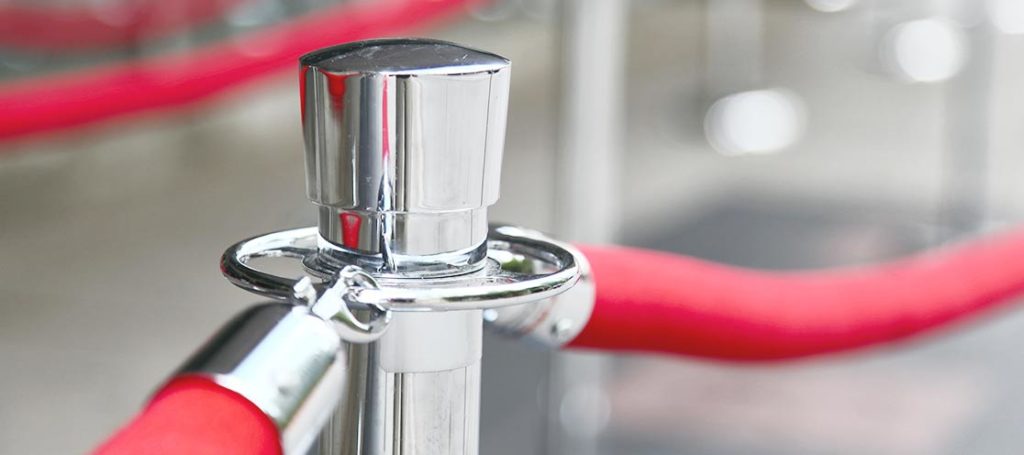*This article was originally published on Forty.co. Forty is now Crowd Favorite.
The biggest mistake people make with website redesigns is thinking that it’s just a website redesign. They see the new site, everything seems to work, and they call it done.
Meanwhile, their SEO juice is leaking all over the floor. Their rankings are going to suffer, and they don’t even know it yet. Amazingly, even the web developers themselves often don’t know how or why this happens, or what to do to prevent it. (This is why it pays to hire experts.)
Keeping your SEO juice is actually pretty simple, and I’m going to show you how to do it.
Google (and other search engines) associate ranking value with specific URLs. On your original site from the late 90s, you might have used this URL for your “About MegaCorp” page:
http://megacorp.com/aboutus.html
When you redesigned back in 2007, the web developer changed it to this:
http://megacorp.com/pages/about.php
And with your recent redesign, it became this:
http://megacorp.com/pages/about
From Google’s perspective, those are three different pages. Instead of giving you credit for having had the page since the 90s, and counting all the links your About MegaCorp page has acquired over the years, it’s seeing the most recent page as brand new, disconnected from everything else, with no external inbound links. It’s a newborn baby page, and Google’s ranking formulas will assign it a relatively low value as a result.
And what happens to all the SEO juice Google assigned to the previous versions of the page? When it checks those pages again and just gets a “404 Page Not Found” error, it assumes they’re dead, and the value disappears.
This can be devastating for businesses that depend on their search rankings. When you consider that this his happening across dozens / hundreds / thousands of pages across your site whenever the site structure changes, you can start to see how important this often-ignored issue really is.
Use “301 Redirects” to preserve your precious SEO juice
You’re might be familiar with some of the 3-digit codes web servers use to respond to requested URLs: 200 (OK), 404 (page not found), 401 (unauthorized), 403 (forbidden), 503 (service unavailable), etc.
One of those codes is 301 (move permanently). It tells the requesting software, usually a web browser or search engine spider, that the content from one URL has moved to another URL.
When Google sees a 301, it basically takes the SEO juice it had assigned to the first one, and moves it over to the second one. Beautiful!
It also has the additional benefit of preventing people from getting on “Page not Found” errors when the follow old links to pages on your site. They’re gracefully and automatically redirected to the appropriate new page on the site.
How exactly you implement the 301 redirects may vary somewhat depending on your exact situation. It’s usually a good idea to have it handled by someone who’s done it before, since it can get pretty technical, and errors are sometimes subtle and difficult to track down.
In it’s simplest form, though, it might look something like this (added to a file called .htaccess located on the web server):
Redirect 301 /aboutus.html http://megacorp.com/about
Redirect 301 /pages/about.php http://megacorp.com/about
We’re currently on the 13th version of our website, and we’ve set up these 301 redirects every time. Unfortunately, that means our .htaccess file has hundreds of lines, but it also means that our site has a stronger SEO presence than most of our peer agencies.
So don’t let your SEO juice leak all over the floor when you change your website. Set up 301 redirects so Google knows what’s up, and so your audience never has to deal with “Page not Found” errors. Over the years, you’ll find the value of this practice accumulates, giving your site significantly better rankings than you’d otherwise have.
The same team and processes that made Forty synonymous with high-quality UX design and content strategy have been extended through integration with Crowd Favorite.
If you have a digital project in mind, now’s a great time to reach out!





